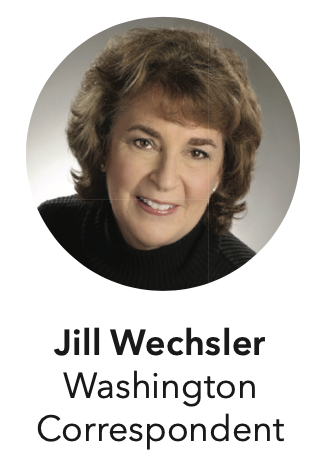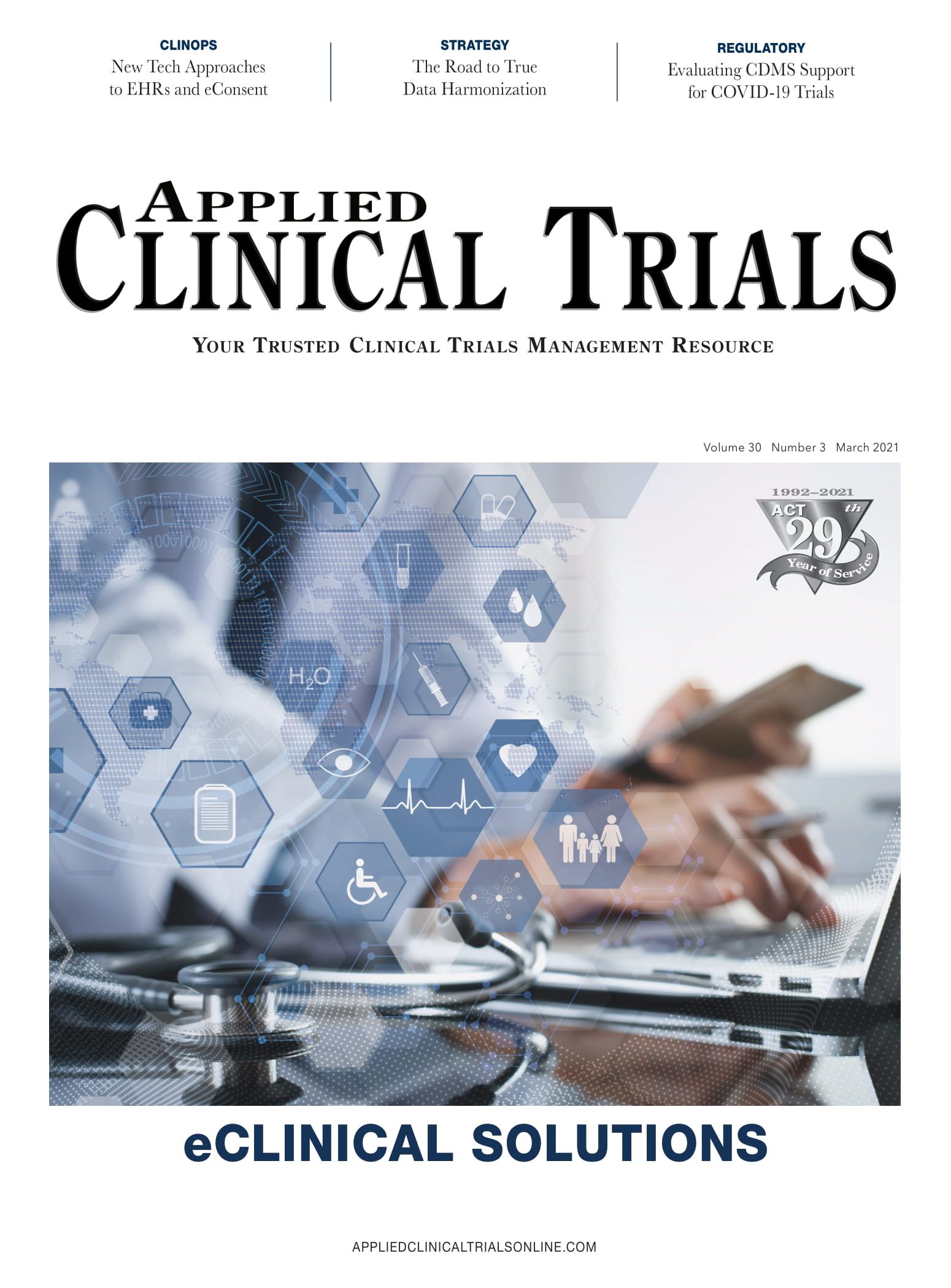More Collaborative Clinical Trials Sought to Combat COVID-19
R&D on medical treatments lags notable success with vaccines.

With several innovative vaccines beginning to provide protection against COVID-19 for Americans and people around the world, scientists and policymakers are looking more sharply at the lag in identifying and producing medicines to moderate early infections and to treat seriously ill patients. And the demand for effective therapies has escalated with the emergence of new COVID-19 variants.
Much of the blame for limited progress in this area lies with the lack of collaborative, centralized research programs able to identify and collect valid data on existing and new therapies. Instead, hundreds of researchers and clinicians have launched multiple trials of available drugs, most without adequate controls and size needed to yield useful evidence. Moreover, the focus on developing monoclonal antibodies (mAbs) that are delivered intravenously has created difficulties for patients and providers.
Anthony Fauci, MD, director of the National Institute of Allergy and Infectious Diseases (NIAID), noted in an interview with JAMA that while some available therapies have been effective in treating some patients, there has been no “knock-out punch” against the virus. Administering mAbs, he explains, means a patient has to go to a hospital or infusion center, which are ill-suited for treating outpatients in early disease stages. What is needed, he said, is a “concerted effort” for developing effective combination antiviral agents that can suppress COVID-19 completely, as done for HIV and hepatitis C.
Moncef Slaoui, former co-director of Operation Warp Speed (OWS), similarly acknowledged the need for mAbs with formulations that permit subcutaneous or intramuscular injection to facilitate outpatient delivery to patients with mild infections. He lamented that the centralized approach for developing vaccines did not work for therapeutics, where multiple researchers have launched hundreds of small trials, most with no controls.
One sign of progress was FDA’s authorization of a mAb cocktail from Eli Lilly that features a notably shorter infusion time frame than other similar treatments. FDA granted emergency use authorization (EUA) in February for this combination of bamianivimab and etesevimab with an infusion time of 16 minutes, instead of an hour. And ongoing tracking of testing for therapeutics to treat COVID-19 by BioCentury anticipates the release of data from late-stage studies on nearly 30 therapies, including 10 immune modulators in Phase III or IV trials plus studies on antimicrobials and antithrombotics.
Too many useless trials
Several immune modulators are participating in the collaborative ACTIV-1 IM trial organized by the National Institutes of Health (NIH). More notable is the RECOVERY trial in the United Kingdom, which has yielded important clinical results on potential pandemic therapies, including a recent study showing that the rheumatoid arthritis treatment tocilizumab from Roche can reduce deaths in hospitalized COVID-19 patients when combined with the steroid dexamethasone. Equally important is earlier RECOVERY findings that the much-touted malaria drug hydroxychloroquine was not beneficial.
But aside from a handful of such collaborative studies, most COVID-19 research on potential therapeutics has been sponsored by individual biopharma companies and academic research centers.
FDA Acting Commissioner Janet Woodcock, who directed OWS this past year, on leave from her position as director of the Center for Drug Evaluation and Research (CDER), reports that only 5% of the more than 400 clinical trials underway worldwide could be considered sufficiently “randomized and adequately powered” to achieve statistical significance. At a webinar in January 2021 hosted by the Clinical Trials Transformation Initiative (CTTI), Woodcock lamented the waste and duplication created by a “plethora of small, single-center trials,” most without control arms and sufficient size and structure to yield results. Moreover, the situation has created shortages in research supplies and in personnel, as well as competition for patients at medical centers, she added.
An FDA report on the accomplishments of its Pandemic Recovery and Preparedness Plan (PREPP) last year noted that there are no new FDA-approved therapies for COVID-19, despite nearly 3,000 clinical trials on record through data from clinical.trials.gov and the World Health Organization as of November 2020. The report concludes by calling for broader use of adaptive trial designs and master protocols to avoid such waste and redundancy.
At the CTTI conference, research experts reported on progress in expanding collaborative research programs in the US, such as NIH’s ACTIV-3 and ACTIV-4 studies and the REMAP-CAP multi-center trial. A group of leading biopharma companies formed the COVID R&D Alliance last summer to collaborate in identifying and testing repurposed and new compounds through platform trials and data sharing. Such initiatives aim to address the critical problems that have delayed effective development of COVID-19 treatments so far and to build support for more coordinated centralized clinical testing programs before the next pandemic.
Jill Wechsler is Applied Clinical Trials' Washington Correspondent
